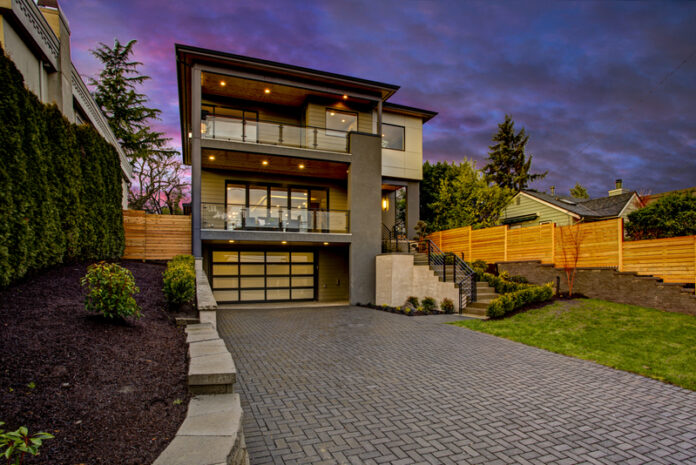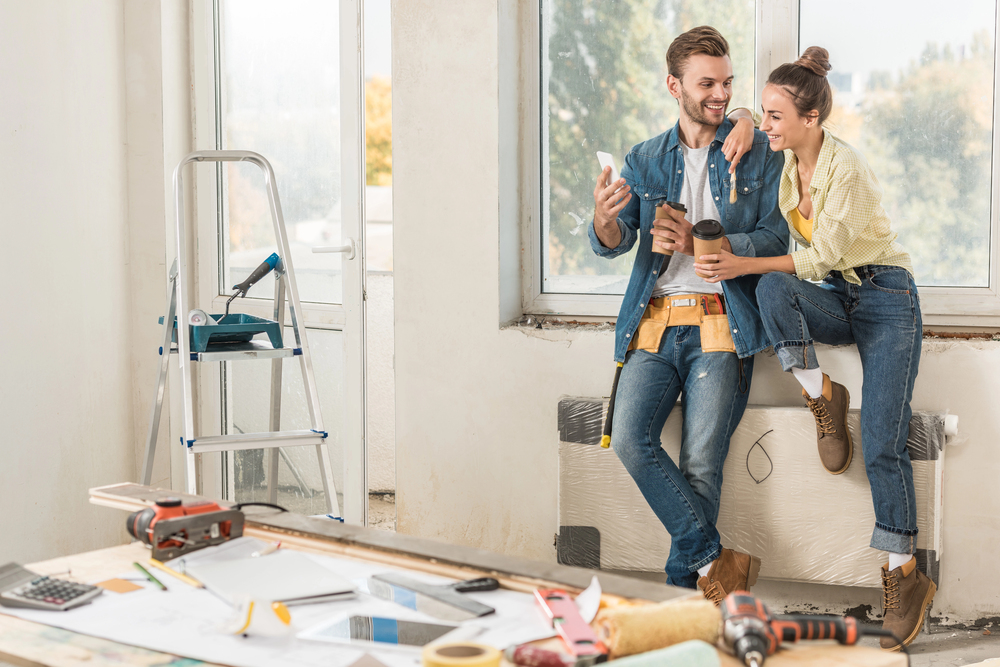
Architectural design is often seen as an artistic endeavor, focused on aesthetics and creating visually appealing spaces. However, its impact goes far beyond looks. Good architectural design plays a significant role in determining the return on investment (ROI) for various projects, from residential homes to commercial buildings and public spaces. This article will delve into the many ways that thoughtful architectural design can enhance functionality, efficiency, sustainability, and overall value, ultimately leading to a higher ROI. Companies like Barge Design Solutions have honed their architectural design services to help clients achieve these goals.
Functionality: Designing for Purpose
At its core, architecture is about creating spaces for people to live, work, and play. Good architectural design prioritizes the user experience, ensuring that spaces are not only visually pleasing but also functional and intuitive to navigate. Firms like Barge Design Solutions, located in Columbus GA, recognize this, integrating these principles into their work to deliver exceptional results for their clients. By considering factors like traffic flow, spatial relationships, and accessibility, architects can design spaces that enhance productivity, comfort, and overall satisfaction for occupants.
Efficient space utilization is a key aspect of maximizing ROI in any project. Whether it’s a small apartment or a sprawling corporate campus, every square foot of space has value. Skilled architects can creatively optimize layouts to ensure that every inch of space is used effectively, minimizing wasted areas and maximizing functionality.
Efficiency: Building for the Future
Energy costs are a significant ongoing expense for any building. As far as operational expenses go, incorporating energy-efficient design principles can lead to substantial savings over time. This can include utilizing natural light, implementing passive heating and cooling strategies, and specifying energy-efficient appliances and systems. Architects can help clients choose sustainable materials and construction methods that minimize environmental impact and reduce long-term operating costs.
In addition to energy efficiency, selecting durable, low-maintenance materials and systems is crucial for maximizing ROI. Architects can recommend materials that withstand wear and tear, reducing the need for frequent repairs and replacements. This not only saves money but also ensures that the building remains in good condition, preserving its value over time.
Sustainability: A Growing Priority
Sustainability is becoming an increasingly important factor for individuals and organizations alike. Incorporating sustainable design principles into architectural projects can attract environmentally conscious clients and tenants. Green building certifications, such as LEED (Leadership in Energy and Environmental Design), can further enhance a building’s marketability and value.
Sustainable design often involves upfront investments in energy-efficient technologies and materials. However, these initial costs are typically offset by long-term savings in energy and water bills. Additionally, sustainable buildings often have lower maintenance costs and a longer lifespan, further contributing to their ROI.
Aesthetics: The Power of Design
First impressions matter, especially in real estate. A well-designed building with strong curb appeal can attract buyers, tenants, and customers. Architects can create visually striking facades that complement the surrounding environment and make a lasting impression. This can be particularly important for commercial properties, where aesthetics can influence consumer behavior and brand perception.
The interior design of a space can also significantly impact its value. A well-designed interior can create a positive atmosphere for employees, customers, and visitors. Architects can work with clients to develop interior spaces that align with their brand identity and values, further enhancing the overall experience and value of the property.
Beyond Buildings: The Broader Impacts of Good Architectural Design
Architectural design plays a vital role in shaping communities. Well-designed public spaces, such as parks, plazas, and community centers, can foster social interaction, promote physical activity, and enhance the quality of life for residents. Investing in good architectural design for public spaces can lead to increased property values, attract businesses, and create a more vibrant and desirable community.
At a larger scale, architectural design is integral to urban planning and infrastructure development. Thoughtful planning can create efficient transportation networks, promote walkability, and ensure that cities are livable and sustainable. By working with urban planners and other stakeholders, architects can contribute to the creation of vibrant, healthy, and economically prosperous cities.
The Role of Architects: Guiding the Process
Architects bring a wealth of expertise and experience to the table. They understand building codes, zoning regulations, and construction practices. They can navigate complex permitting processes and ensure that projects comply with all applicable standards. Their knowledge of materials, systems, and technologies allows them to make informed decisions that maximize ROI. Architectural design services encompass the entire spectrum of design and planning, from conceptualization to construction documentation and project management. This comprehensive approach ensures that every aspect of the project is meticulously crafted to achieve optimal functionality, aesthetics, and value for the client.
Architects are skilled collaborators who work closely with clients, engineers, contractors, and other stakeholders throughout the design and construction process. They facilitate communication and ensure that everyone is aligned with the project goals. This collaborative approach helps prevent costly mistakes and ensures that the final product meets the client’s needs and expectations.
The Future of Architectural Design: Innovation and ROI
As technology continues its rapid advancement and societal needs evolve, the future of architectural design is brimming with possibilities for innovation that can further elevate ROI. Technologies like virtual reality (VR) and augmented reality (AR) are revolutionizing the way architects conceptualize and showcase their designs, allowing clients to virtually walk through and experience spaces before a single brick is laid. This not only enhances client engagement and understanding but also aids in identifying potential design flaws or areas for improvement early in the process, ultimately saving time and resources.
Advancements in building information modeling (BIM) are transforming the way architects, engineers, and contractors collaborate. BIM enables the creation of detailed 3D models that encompass all aspects of a building’s design, from structural elements to mechanical systems. This facilitates better coordination among project teams, reduces errors and rework, and ultimately streamlines the construction process, leading to cost savings and faster project delivery.
The advent of 3D printing is also poised to revolutionize the construction industry. Architects can now create intricate building components and even entire structures using 3D printing technology, opening up new possibilities for customization, sustainability, and cost-effectiveness. By harnessing the power of these emerging technologies and embracing a forward-thinking approach, architects can continue to push the boundaries of design, deliver exceptional value to clients, and maximize ROI in an ever-evolving landscape.
Conclusion
In conclusion, the value of good architectural design extends far beyond aesthetics. It encompasses functionality, efficiency, sustainability, and a host of other factors that contribute to a project’s overall success and ROI.
By investing in thoughtful architectural design, individuals and organizations can create spaces that not only look good but also perform well, save money, and enhance the quality of life for those who use them. Whether you’re building a new home, renovating an existing structure, or developing a large-scale project, partnering with a skilled architect can be a wise investment that yields significant returns over time.
Find a Home-Based Business to Start-Up >>> Hundreds of Business Listings.
















































